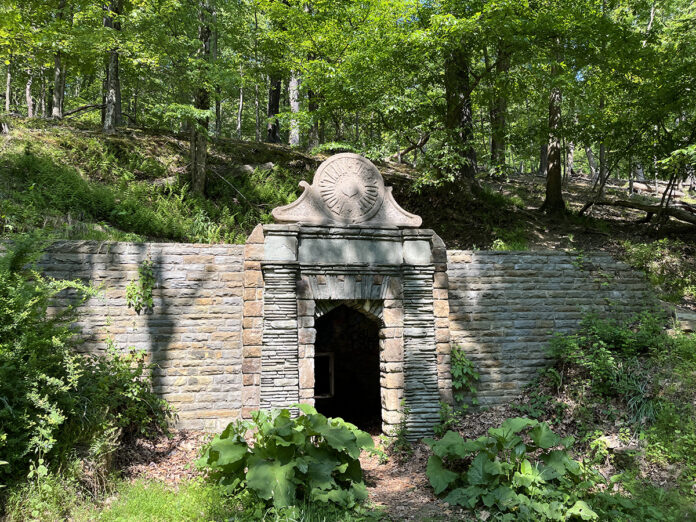Like a prize at the end of a footrace, many people chase after lasting youthfulness. Even Ponce de Leon is rumored to have had his eyes set on finding the fountain of youth when he landed on the shores of what is now Florida.
A common theme of myths and legends, eternal youth has eluded men since the beginning of time. I find it hard to imagine the reality of an actual fountain of youth, however, I do think healing water is possible.
Even in my local area, Native American tribes had a deep reverence for specific springs of salt water. While it’s hard to draw a line between fact and fiction, there is some validity to the claims when the mineral content of the water is examined.
I first became interested in the topic after soaking in hot springs in Wyoming. The hot springs in Thermopolis, Wyoming, were recorded as early as 1895 as having healing properties. The claims went as far as saying the water could cure bullet wounds and even paralysis.
As time went on, the mineral content was analyzed. The water contains over 27 minerals including calcium, sodium, magnesium, zinc and copper.
Healing waters
It is thought that Ponce de Leon might have been motivated by stories about an island with healing water. About 50 miles east of Miami is a chain of islands in the Bahamas called the Bimini Islands.
Within a shoreline mangrove swamp only accessible by boat, a spot made famous by local legends is located. Now known as the Healing Hole, for centuries the water has been exalted for its healing properties. Like other bodies of water with high salt concentrations, the water rejuvenates skin and muscles. The water contains sulfur, lithium and alpha radiation.
The Fountain of Youth Archaeological Park is located in St. Augustine, Florida. Although there is no evidence to validate the claims, it is a tribute to the place where Ponce de Leon supposedly landed.
From as far back as 1860, the land was used as a tourist attraction. There were many fabricated stories to entice visitors. After decades of study, the land where the Park is located was identified as the oldest continuously inhabited European settlement in North America.
Pittsburgh waters

When I saw a picture of a “Fountain of Youth” in Pittsburgh, I had to investigate. The picture showed an engraved circular stone in the center, resting on a stacked stone entrance to a dark room. Extending from both sides of the entrance, stoic stone walls were built into the hillside.
The workmanship was impressive, and I was intrigued. I knew I had to see it when I realized it was located in North Park, an Allegheny County Park near Wexford, Pennsylvania.
On a recent trip to Pittsburgh, my daughter and I decided to find the Fountain of Youth. Once we were in the park, I thought it would be adventurous to find it just by driving along Kummer Road, without using GPS.
I wanted to be surprised and find it, like a treasure hunt. She wanted to use the maps app and not get lost or miss it. As it turned out, I was heading in the right direction.
She entered “Fountain of Youth” and sure enough, the location popped up on her map. It took us to a narrow section to pull off on the side of the road. The stones for the fountain could be clearly seen from the road, but the path to get there was a little bit of an adventure.
There was a steep embankment to climb down to a small stream. Then, we walked up a sloping path towards the stones. Unfortunately, there was some graffiti on the beautiful mason work.
We paused in front of the entrance. Should we enter? I was worried about snakes. She was worried about everything. We had to go in and see what was inside. There wasn’t much inside other than more stones. We could see a central square where the pump was probably originally located.
The impressive stonework was done by the Works Fountain of Youth Progress Administration in the late 1930s. The year 1939 could be found on the masonry. It was a popular location for locals to get fresh spring water, but it is uncertain why it was dubbed the Fountain of Youth and created to resemble a Roman grotto.
Eventually, in the 1950s, the tap was removed from the springhouse. The first problem was a mechanism failure and later it was determined the water contained a high level of bacteria.
Sadly, we missed our chance to chug healing water by mere 67 years. We did, however, enjoy the novelty of finding a Roman grotto in the woods of Pennsylvania.













